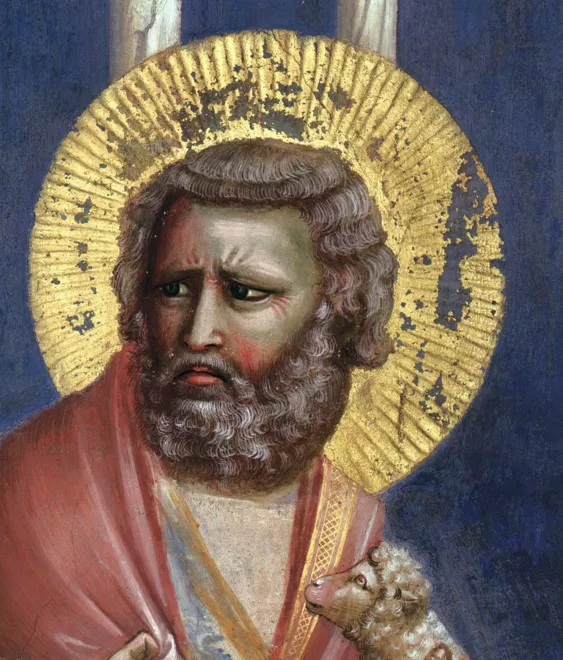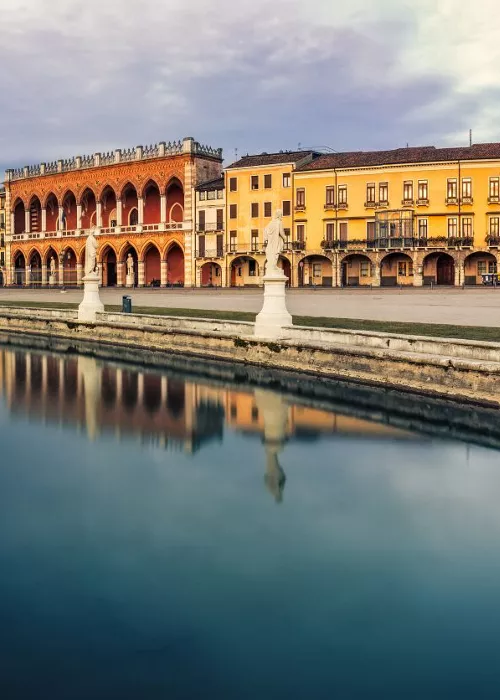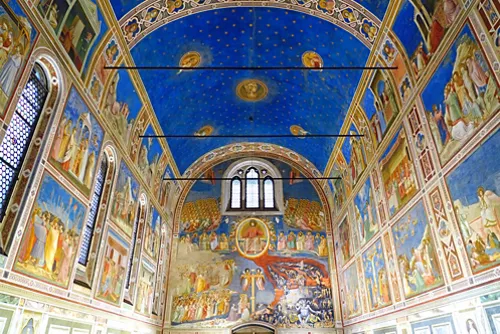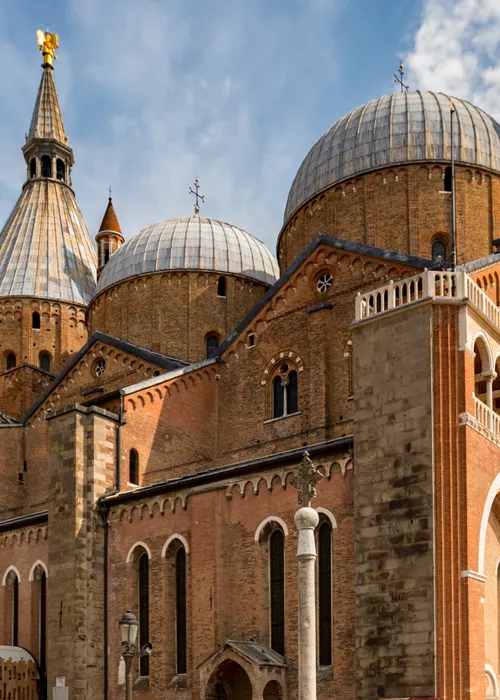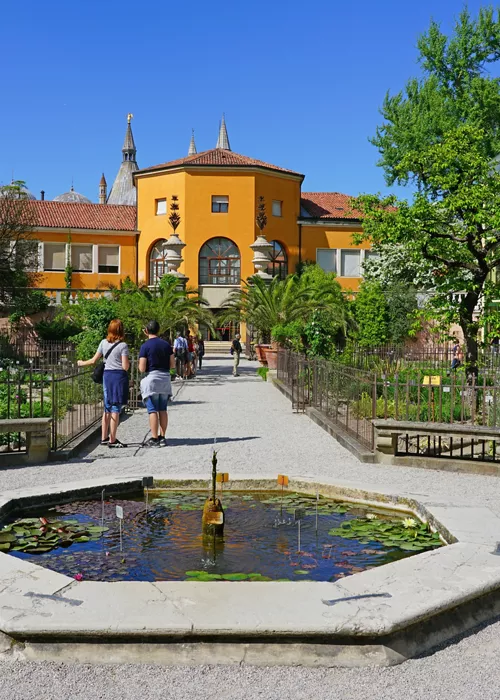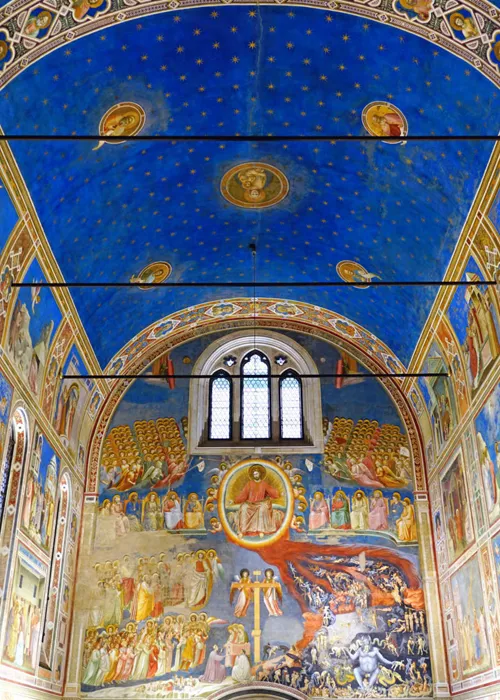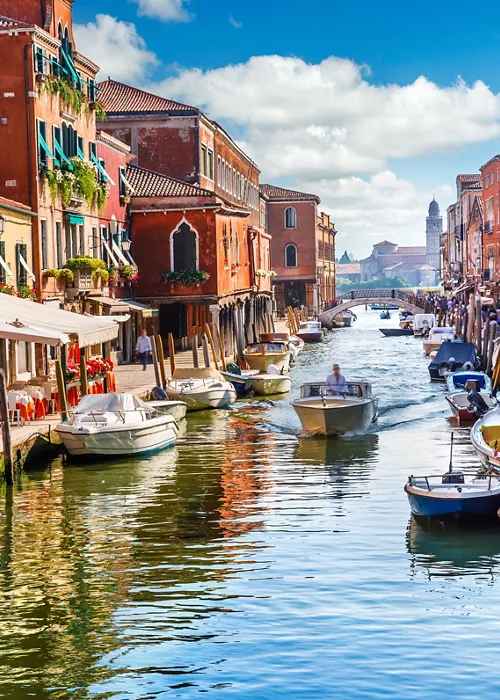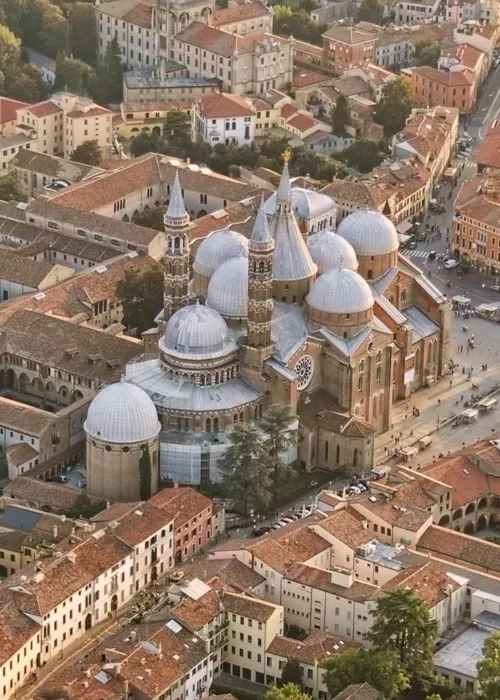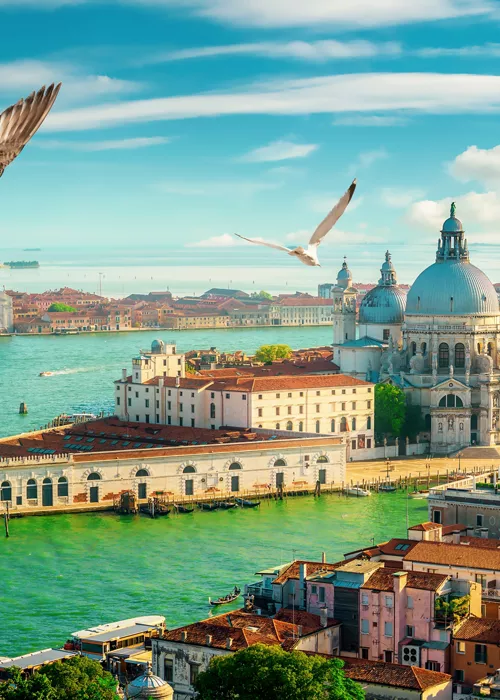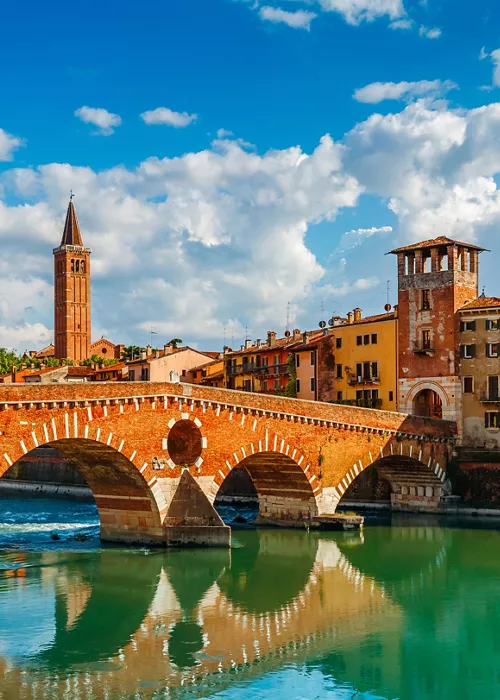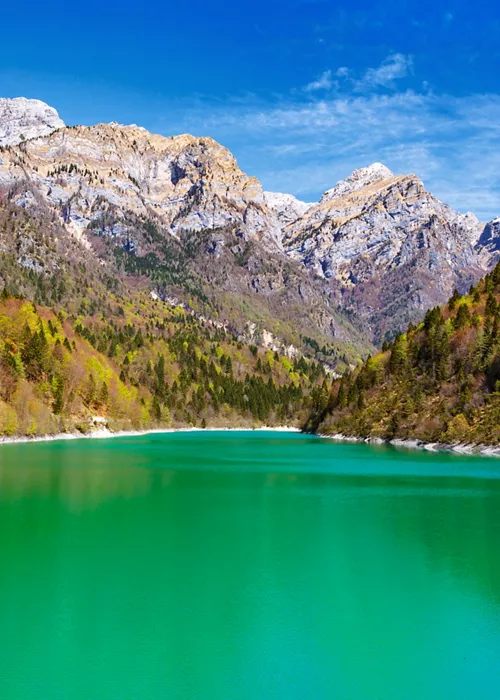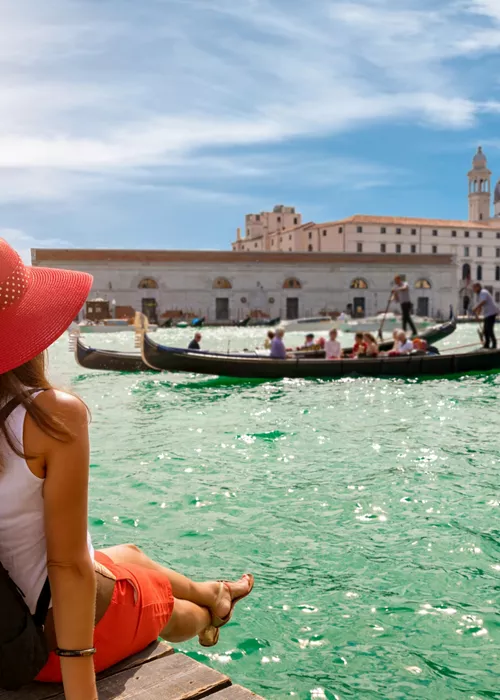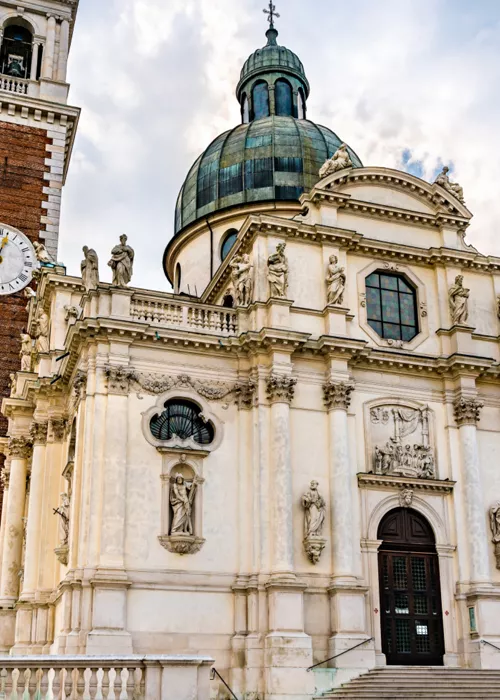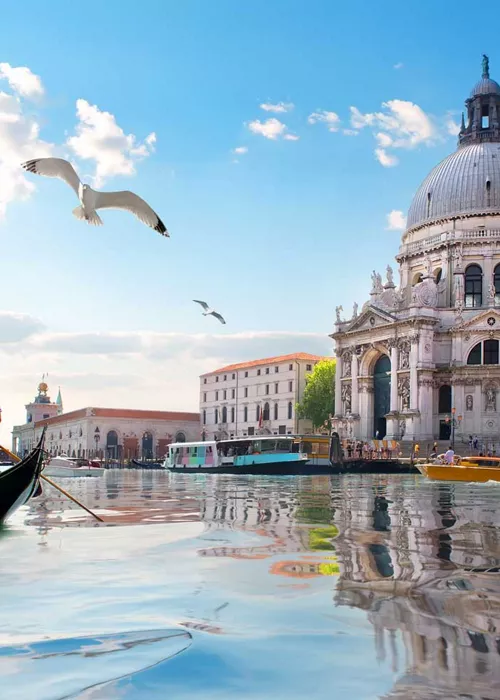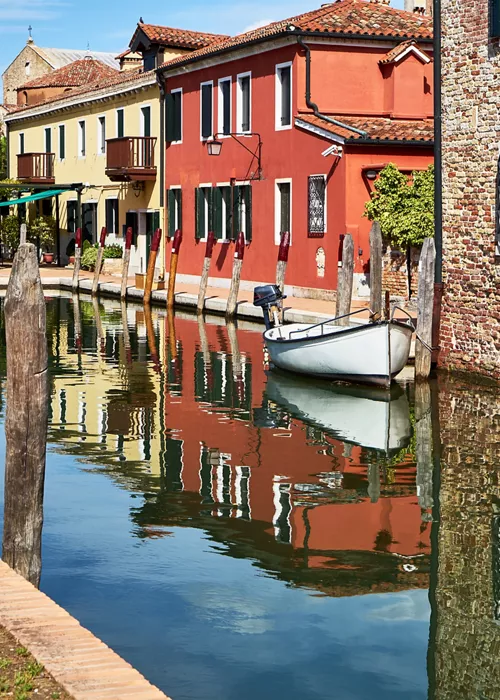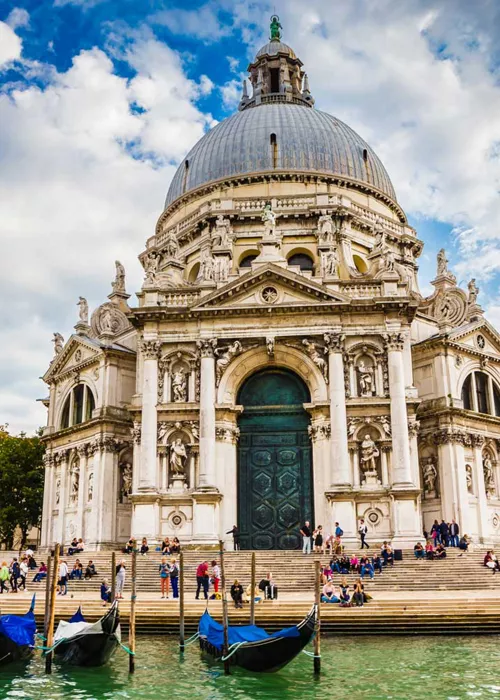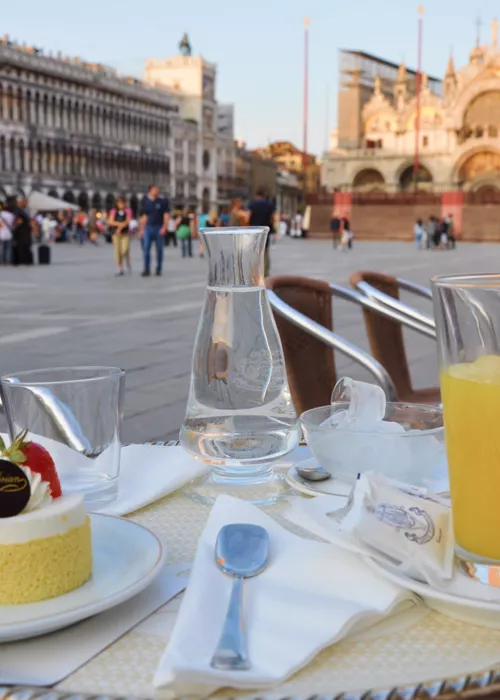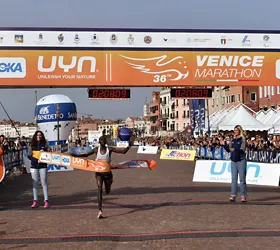The Scrovegni Chapel, Giotto's masterpiece that revolutionised art
3 minutes
A World Heritage Site according to UNESCO, it was frescoed by Giotto in 855 days between 1302 and 1305: prepare to be amazed when you enter, in front of 1,000 square metres of paintings dedicated to the Old and New Testament.
What is the Scrovegni Chapel and where is it located?
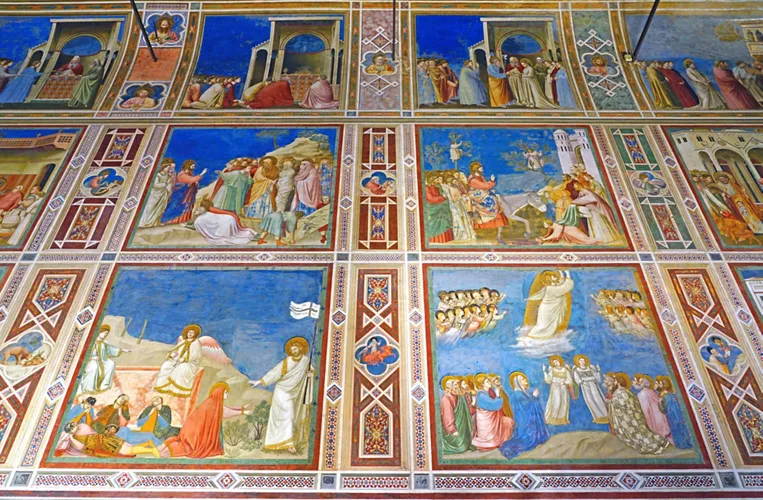
The Chapel is located in the historic centre of the city, in Piazza Eremitani, among the ruins of the ancient arena of Padua, probably erected between 60 and 70 AD.
Today it is a civic museum, after having been a private chapel. Its interior houses a cycle of frescoes by Giotto dating back to the early 14th century, considered among the greatest masterpieces of Western art.
Its paintings gave rise to a veritable pictorial revolution that developed during the year 300 and influenced the history of art forever.
History and information on the Scrovegni Chapel
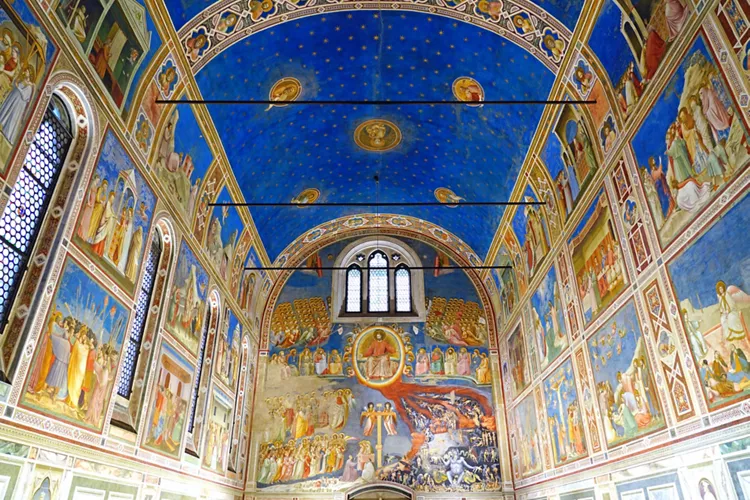
In 1300, the wealthy banker Enrico Scrovegni from Padua bought land where the ancient Roman amphitheatre stood. His intention was to build a small building initially dedicated to Santa Maria della Carità, but instead it became the Scrovegni Chapel, private but open to the public and destined to house the remains of his family.
The chapel was dedicated to the Virgin Annunziata in suffrage of the soul of Reginaldo Scrovegni, Enrico's father and well-known Paduan moneylender whom Dante Alighieri placed in Inferno in his Divine Comedy.
With a simple architecture, but with a rich interior, the Padua Chapel was entrusted to Giotto for the creation of the cycle of frescoes that were to depict a sequence of stories from the Old and New Testaments: the artist, already famous for his many decorations in other basilicas, influenced all other Italian painters of the 14th century with his priceless masterpiece.
In addition to Giotto, Giovanni Pisano also worked there and was commissioned with creating three marble altar statues depicting the Madonna and Child between two deacons. The work was completed in just two years.
Why the Scrovegni Chapel is a UNESCO site
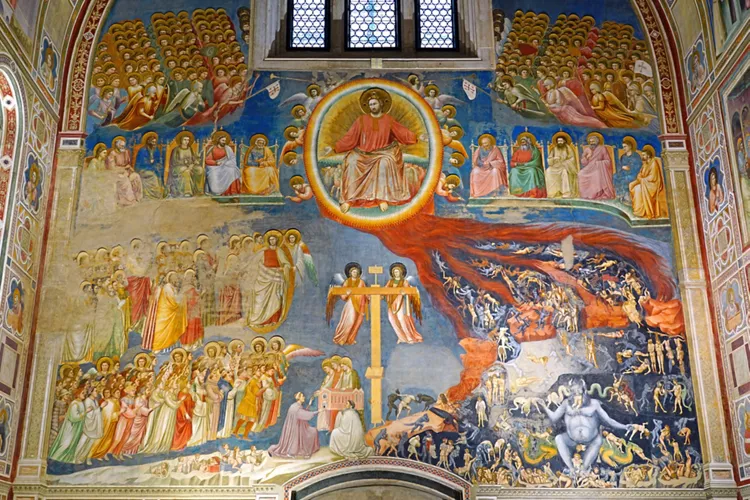
The frescoes of the Scrovegni Chapel are part, together with 8 other wonders of art, of Padua Urbs picta, or Padua the Painted City, a UNESCO World Heritage Site.
Giotto's frescoes, together with Palazzo della Ragione, the Basilica of Sant'Antonio, the Reggia dei Carraresi, the Church of the Eremitani, the Baptistery of the Cathedral, the Oratory of San Giorgio and the Oratory of San Michele, have been included in this list as important historical testimonies and extraordinary examples of the creative genius of man expressed in the works of Giotto and the artists who followed in his footsteps.
According to UNESCO, the Paduan fresco cycles demonstrate the important exchange of ideas between the protagonists of science, literature and the visual arts in Padua at the time.
With the true revival of an ancient painting technique, Padua provided a new way of seeing and representing the world, heralding the advent of Renaissance perspective.
What to see in the Scrovegni Chapel: 5 unmissable masterpieces

A triumph of colour and light that unfolds before the visitors' eyes like a book to be devoured: the Scrovegni Chapel is a treasure trove of treasures by Giotto, all to be discovered starting with these five truly unmissable works.
One of these is the Last Judgement, a piece that is complex, profound and terrifying in its detail: the figures parade under the eyes of Christ the Judge who, under the cross supported by two angels, divides Paradise from Hell in the presence of the twelve apostles and hosts of angels. God's people walk towards Paradise while on the other side the chaos of Hell dominates with Satan, a monstrous creature, devouring the damned.
The Chapel also allows us to relive a profound drama in Giotto's The Kiss of Judas, an episode from the Passion of Christ in which Judas reaches him in the Garden of Olives and kisses him, revealing his identity to the soldiers of the Sanhedrin. Great pathos without theatrics in a tumultuous yet hypnotic painting.
All the horror of human grief is recounted in the Lamentation over the Dead Christ, which describes the moment when the body of Jesus, deposed from the cross, is wrapped in a white sheet after being anointed. The bright colours contrast with the elements that seem to extinguish all hope.
Also famous and surprising is Giotto's Cielo Stellato, the inimitable blue star-studded vault of the Scrovegni Chapel, divided by three decorative bands with ten figured roundels.
Finally, the Crucifixion, in which Giotto has depicted Christ at the centre of the scene, nailed to the cross, with a uniform background of ultramarine blue sky.

